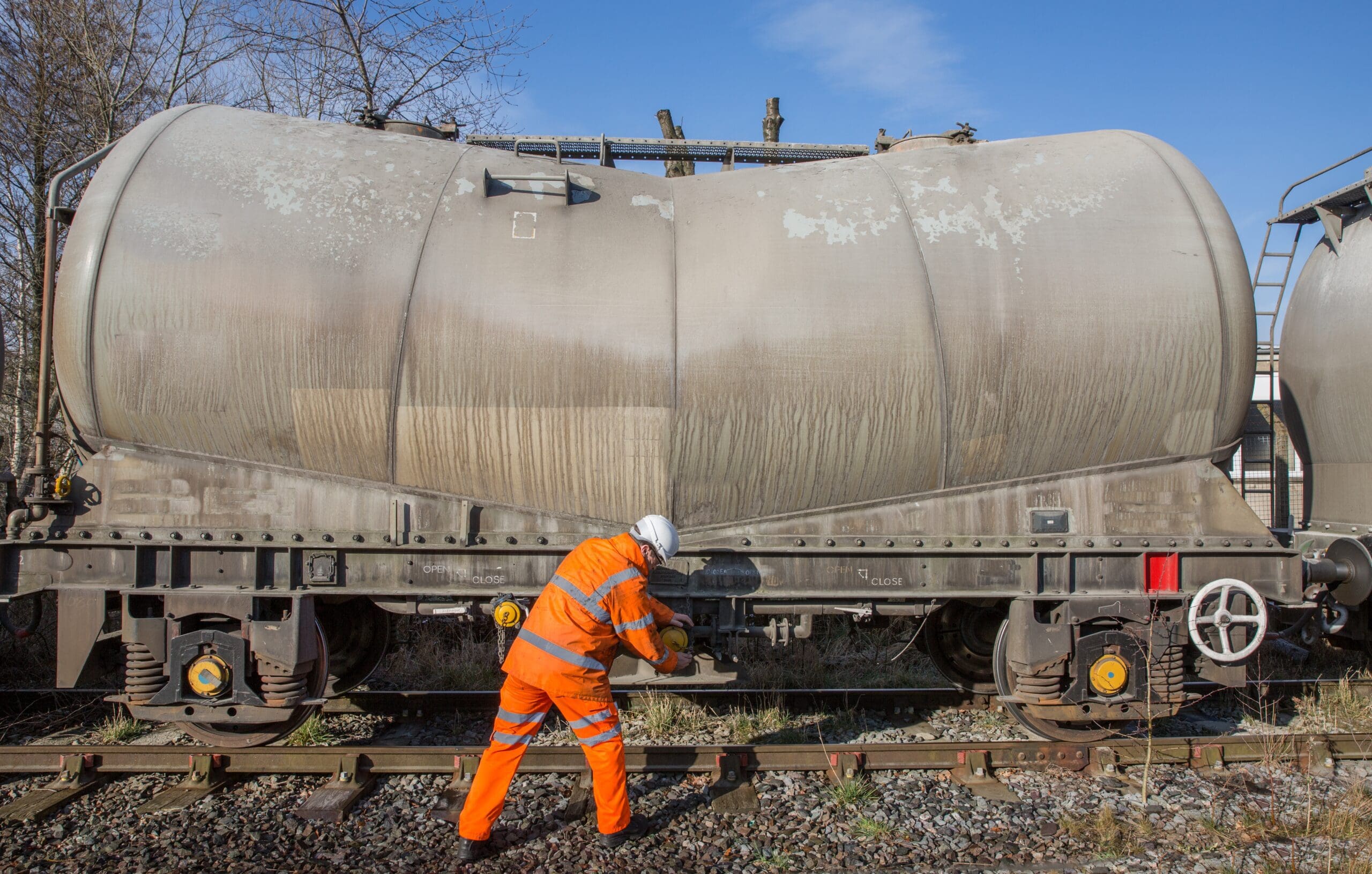Chronic Lymphocytic Leukemia Caused by Railroad Exposure
The exposure of railroad workers to Butadiene and benzene, as well pesticides, diesel exhaust and diesel exhaust could increase their chances of developing Chronic Lymphocytic Leukemia. These chemicals are all recognized carcinogens belonging to the group one. Long-term exposure to herbicides such as creosote or herbicides have also been linked to CLL.
Benzene and Butadiene
Benzene, 1,3-butadiene and other volatile organic compounds (VOCs) are released into the air through various natural and human-made processes. They can be absorbed through the skin, lungs or directly inhaled. aplastic anemia caused by railroad how to get a settlement are known to cause cancer and leukemia. They also harm DNA and slow the growth of cells. lymphoma caused by railroad how to get a settlement and benzene are part of a class of chemicals which are deemed to be Group One carcinogens by the International Agency for Research on Cancer (IARC).
Both benzene and butadiene can be found in diesel exhaust. Railroad workers are exposed to diesel exhaust on a regular basis while they maintain and manage trains. Additionally, they are also exposed to benzene, butadiene and other chemicals when their train catches fire and emits toxic smoke.
Both benzene and butadiene, are both degraded by oxygen or nitrogen in the atmosphere. This degradation is facilitated through the opening and closing of carbon-carbon bonds in the molecules. Temperature, moisture, and light accelerate this process. copd caused by railroad how to get a settlement of degrading benzene can be further accelerated by the presence of heavy metals and other contaminants. These reactions can lead to the formation of new molecules that are less toxic than the chemical originally. The exposure to benzene or butadiene can be triggered by inhalation and is the main method of exposure.

Diesel Exhaust
Diesel exhaust is full of toxic chemicals. The most prominent of these is the diesel particulate matter (DPM). These tiny particles, which are less than 2.5 microns are easily absorbed into the lung and are highly soluble and can cause irritation, asthma, and lung damage. Diesel exhaust can worsen the heart and lung ailments.
Benzene is also found in diesel exhaust. It is a colorless gas with a sweet odor that is a byproduct of crude oil and is an ingredient in several diesel fuels. Railroad workers are exposed benzene at work by breathing in the vapors from solvents containing benzene that are used in the railroad shops. The chemical is found in paints, thinners and adhesives that railroad carmen, locomotive machinists, and electricians use to clean equipment. They also soak rags in benzene that contain solvents, such as Safety-Kleen parts washers to remove dirt from their hands and equipment.
copd caused by railroad how to get a settlement is a mixture of fine particulates and gases that are produced when diesel fuel is burned in an internal combustion engine. The International Agency for Research on Cancer, an arm of the World Health Organization, has discovered that exposure to DPM can cause lung cancer, as well as other negative health impacts. DPM is comprised of soot, carbon black and metallic abrasion particle polycyclic hydrocarbons, organic compounds, and metallic ash.
Asbestos
Railroad workers can be affected by various chronic illnesses that are linked to their occupational exposure to toxic substances like asbestos. Mesothelioma lawsuits against railroad companies who exposed workers to carcinogens may assist in holding responsible companies accountable and help their former employees receive compensation.
Asbestos was widely used by the railroad industry before it was banned in the 1970s. Many railway workers were exposed to this harmful substance while working. Asbestos is found in boilers, pipes as well as the insulation around locomotives, cabooses and other railroad infrastructure, such as coal tar, creosote, and soot-covered track work.
Exposure to these chemicals has been linked with a variety of different cancers and other health problems, such as mesothelioma, lung cancer, heart disease, skin cancer kidney cancer, and non-Hodgkin's lymphoma. Many of these diseases are difficult to detect and treat, leaving victims with expensive medical bills and diminished incomes and earning potential.
A mesothelioma lawyer will review a victim’s history of chemical exposure to determine whether they are able to file a FELA suit. A lawsuit can be filed against railroads in either a state or federal court. Victims can also bring a mesothelioma claim against asbestos-containing product makers. FELA lawsuits can be complex and require an attorney with knowledge of this area.
Pesticides
Many railroad workers are exposed to pesticides which are used on railway tracks and rail crossings in order to control vegetation and prevent fires. These chemicals can trigger a variety of health problems such as cancer, non-Hodgkin lymphoma and asthma, as and neurologic disorders. An acute exposure can trigger nausea, headaches and muscle twitching and dizziness. Chronic exposure can lead to skin burning, rashes and respiratory issues. Pesticides can have lasting effects.
Numerous studies have found that those who work as conductors, brakemen or conductors for railroads car men or track workers are at a higher risk of developing CLL. The risk increases with the degree of exposure to pesticides. A recent study found that people who had been employed in agriculture for their longest occupation were the most at risk. The chances of developing CLL are higher for those who have been exposed to pesticides (OR1-SD = 1.16; 95% CI: 1.03 to 1.59) as compared to those who have not been exposed to pesticides. This finding confirms earlier associations with exposure to pesticides during farming and other occupations.
